by Adedamola
The sudden high cost of Liquefied Petroleum Gas (LPG), cooking gas has made the news, compounding what has been a terrible year for many Nigerian’s disposable income. Sadly, there has been no official explanation for the rise. Probably the politicians don’t think it’s worth the stress. It does because the impact would be monumental on the inflation numbers for December 2016. Energy costs — cooking fuel in this case, typically has a disproportionate impact on inflation numbers. Coupled with the typical Christmas hike and kerosene scarcity, we may be inching towards 20%. But this is not a typical economics discourse. We would like to analyse simply why there is a hike and then suggest options to smother it.
Cooking gas is produced from natural gas processing by a process called fractionation and also from refineries through distillation. The earliest sole source of cooking gas in Nigeria for decades was from the 3 refineries. The degradation of the refineries in the late 1990s choked out supplies and the industry/market died off. Who remembers when Nigerians resorted to ‘abacha gas’, a cooking stove powered by sawdust? Remember this was the period Abacha’s petroleum minister also imported that terrible smelling, murderous petrol. Do you by chance also remember that Abacha’s regime massively ordered fuel haulage tankers that have become standard now? It was not the norm. The refineries and depots used to be efficient with few haulage tankers shuttling from there. But then the refineries became sub-optimal and ultimately cooking gas became an elitist item — N7000 per 12kg cylinder in 2007.
Now, note that refineries are not the only plants producing cooking gas in Nigeria. There are other sources which include NLNG, Mobil and Chevron plants but all of these infrastructures were patently designed for exports. Since the refineries were down, in 2007, Obasanjo gave NLNG a ‘domestic supply obligation’ which mandated supply to the domestic market. To be fair, it was not the best commercial proposition for NLNG but I guess they were more pliable than the IOCs. Now, it was easy for OBJ to mandate a DSO, what about the infrastructure? It was almost non- existent. All the Butanisation plants that NNPC had were gone. Barely any private storage terminal existed but with the assurance of NLNG’s supply, investors moved in. Vitol built a terminal to complement NNPC/PPMC’s Northern Oil Jetty. Sahara bought over the Calabar LPG terminal but draft issues have not helped its use. Then came the dispensing plants mushrooming around the country, about 400 of them the last time we saw the data.
Now, this is a typical journey for the cooking gas you use. The LPG tanker loads at Bonny Terminal, makes its way to Lagos, discharges into the only two (just 2) storage terminals from where haulage tankers from Port Harcourt, Sokoto, Kaduna will load and supply the dispensing station close to your house. That’s why we are were paying, N3,500/12kg cylinder until the latest hike. While this price is an improvement from the highs of N7000 in 2007, it could even be cheaper if the associated marine and land logistics costs are lower or totally eliminated. Note that sometimes importers also import from the USA especially if the arbitrage plus freight permits it.

Note also that typically oil and gas products are sold in US dollars, so LPG is not exempt. The importer pays for the LPG either to NLNG or the terminal in the US in dollars. Freight costs are usually in US dollars too. The terminals I assume would have dollar components in their chain which means that the depreciation of currency has impacted the landing price of cooking gas. Are cooking gas importers getting ‘Emiefele Dollars’ like petrol importers? I am not sure. If you have any info on that, please let us know. If importers are sourcing for dollars on the black market to import LPG, the lord is their shepherd!
But that does not explain the sudden hike in recent weeks? The reason we can adduce for this is that global hub prices of LPG, which NLNG & Co is indexed to has spiked. Typically in the winter, Butane prices, a component of LPG spikes because of increased demand. Refineries in the temperate regions usually use lots of Butane as additives in their gasoline to improve Reid Vapor Pressure (RVP) which helps engines function better in the winter. In the chart below, you will notice a ~60% spike in butane prices in just 20 weeks. The biggest spike was in December 2016, coinciding with ours when you consider the lag time. Reality is we can’t escape the reality of the weakness of current supply chain.

We would also be careful to mention that the dominance of the LPG storage business by two companies — Vitol and PPMC leaves much to be desired. There have been accusations of collusion in the past. Hard to confirm.
Now what are our suggestions?
· Domestic, onshore LPG production must be accelerated. Certain companies have LPG projects that have stalled over the years. It’s time for the Petroleum Ministry to get interested. Onshore, domestic-focused LPG production would eliminate the huge marine costs that continue to impact prices.
· The recently formed National Hydrocarbon Council which consists of representatives from Customs, NNPC must accelerate efforts at addressing marine logistics challenges.
· Impose manageable domestic supply obligations on producers who are only export focused. Already there is a commercial incentive to supply domestic as international prices have fallen.
· Totally remove subsidy on kerosene.
· Aggressively educate the populace on health, monetary and environmental benefits of LPG.
· Privatise the refineries. Fast.
Op–ed pieces and contributions are the opinions of the writers only and do not represent the opinions of Y!/YNaija





Leave a reply